Created and shared by individuals on social media platforms, user-generated content is key to growing your brand awareness and ultimately converting customers.
If you’ve been following Boosterberg, you know we keep praising UGC on this blog and our Instagram profile. Our previous article about user-generated content mentioned all the benefits of using it in your marketing strategy.
This time we will talk about using user-generated content in Facebook Ads.
Facebook Ads & User-Generated Content
What is the number one rule when it comes to creating ads for your target audience?
And what is more relevant than user-generated content, content created by your audience?
Photos, videos, and testimonials from your followers and customers can help you reach more like-minded people. This should be your number one goal if you’re looking to expand your customer base.
Sometimes, your content can go viral and reach a wider audience organically. But this happens rarely. Instead of just waiting for organic growth, you can promote content through paid Facebook advertisements.
At this point, you might wonder why you would use user-generated content in your ads.
According to a report by Tinup.com,
- 80% of consumers prefer seeing photos of real customers over stock photos
- 57% of consumers feel stock photos should be replaced with the diversity of real customers and teams
So the answer is very simple – stock and generic images are dead, and real-life photos and situations are what people want to see.
Now let’s talk about the rules for using user-generated content in your Facebook ads.
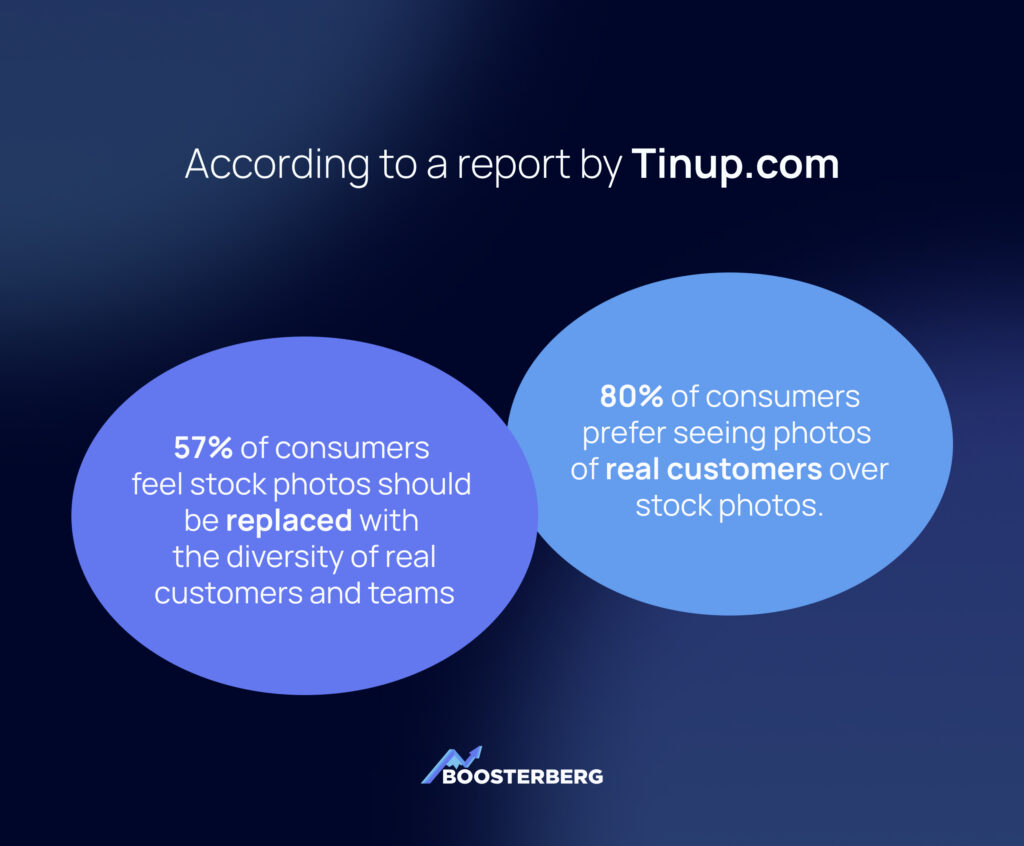
How to use content created by your followers
Facebook’s ad policies allow businesses to use user-generated content in their ads as long as the content meets specific guidelines. Before using user-generated content in your Facebook ads, you need to make sure that you have the rights and permissions to use the content.
Not following these guidelines may result in your ads not being approved or your account being suspended.
So, what are the rules for using user-generated content in Facebook ads?
Here are some guidelines and best practices to follow:
Ask for permission
Facebook requires advertisers to ask the user who created the content for consent before using it in an advertisement. This can include email or message exchanges or a signed release form. In addition, the content must not violate any intellectual property rights, such as copyright or trademark.
According to the above-mentioned report by Tinup.com, ONLY 23% of marketers always request rights to other people’s content. Don’t be one of those people!
Facebook says:
Ask yourself the following questions before posting:
- Have I created all of the content myself?
- Do I have permission to use all content that I didn’t create that’s included in my post?
- Does my use of content I didn’t create fall within an exception to copyright infringement?
- Is the content protected by intellectual property rights (for example, is it a short phrase, idea, or public domain work)?
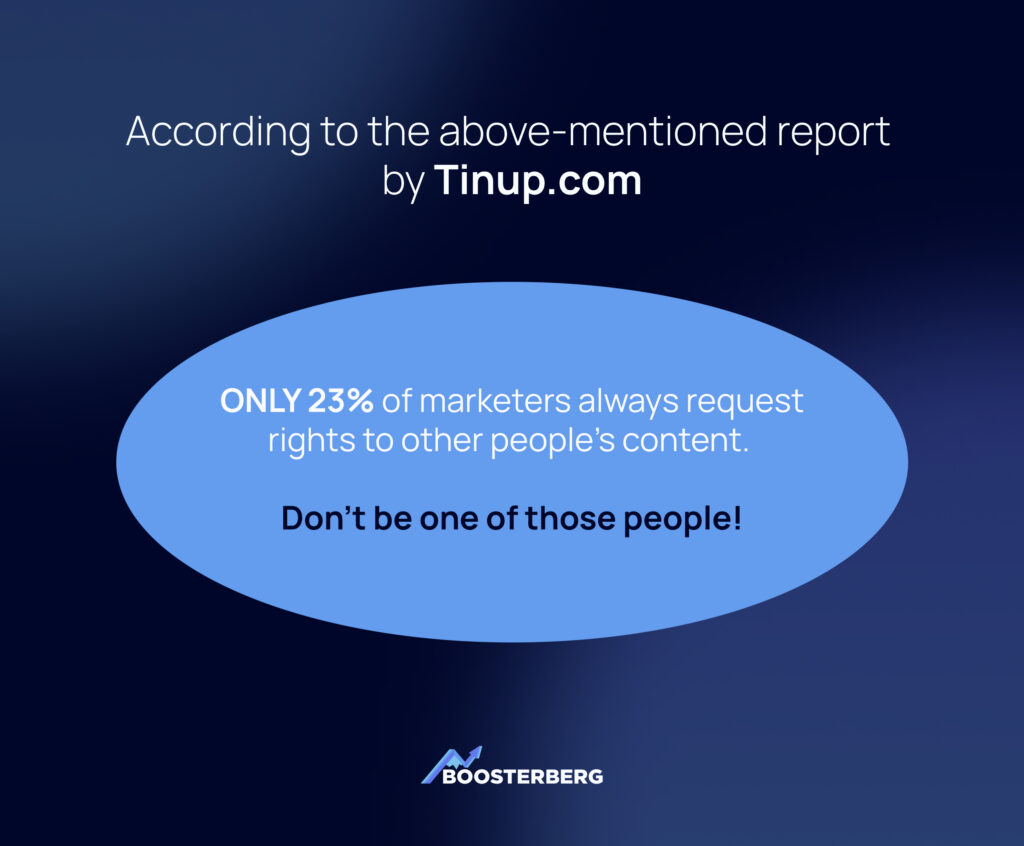
Make sure the user-generated content is relevant to your brand, and your audience
When using user-generated content in Facebook ads, it’s important that the content is related to the product or service being advertised. This means the content should be about the product or service and explain what it does and how it can help people. Using unrelated user-generated content can be misleading or confusing, and it’s against Facebook’s policies.
Be transparent, and don’t modify the content in a way that would change its meaning
The content made by users for Facebook ads must not trick people or lie. You can’t change the meaning or context of what they created. You also need to say if the person who made it was paid or had some other connection to the advertiser.
How Facebook ad review works
Is Facebook really going to check all these ads to make sure they’re following the rules?
Yes. Yes, they will. Facebook’s Ad Review system works, and it’s not recommended to try and trick it because you can end up with a blocked advertising account. They use both automated technology and human reviewers to review ads.
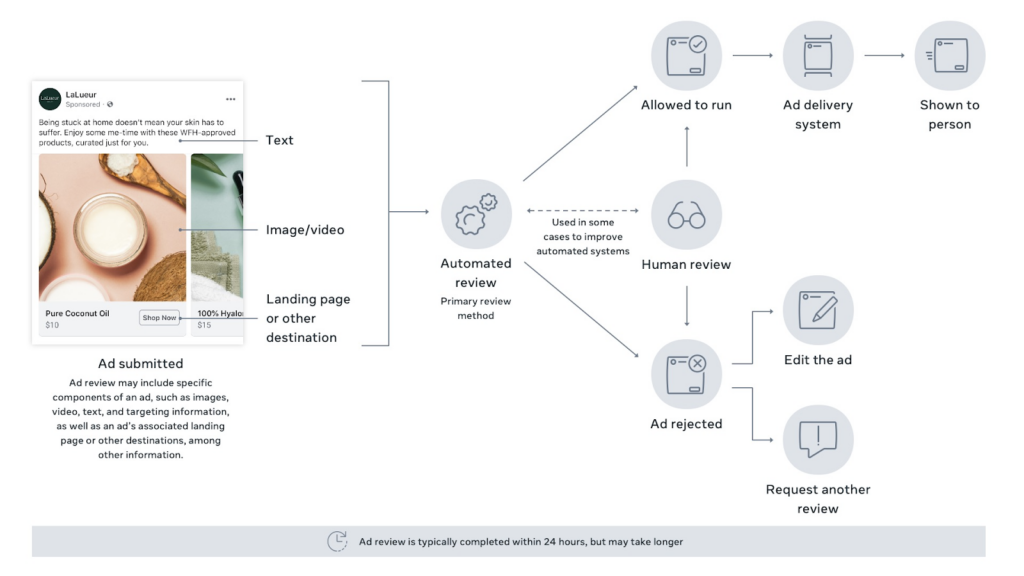
Iconic UGC advertising campaigns
Let’s have a look at some of the most popular UGC campaigns for inspiration:
Coca-Cola’s Share a Coke campaign
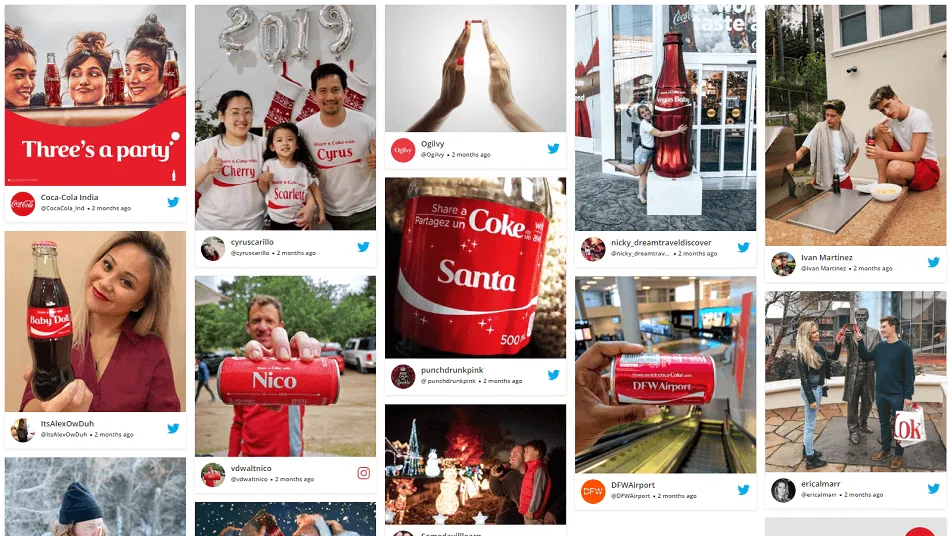
We already mentioned this campaign in our article about repurposing content, but since it is one of THE most iconic UGC campaigns, we have to list it here again.
Coca-Cola hit a home run with their #ShareACoke campaign, which encouraged customers to personalize bottles with their names or the names of loved ones and then share photos of their custom bottles on social media.
It was a genius move because the user-generated content created by customers became the centerpiece of Coca-Cola’s marketing efforts. The campaign went viral and generated a ton of buzz on social media, making it a fantastic example of how user-generated content can be used to great effect in advertising.
Apple’s Iconic Shot on iPhone
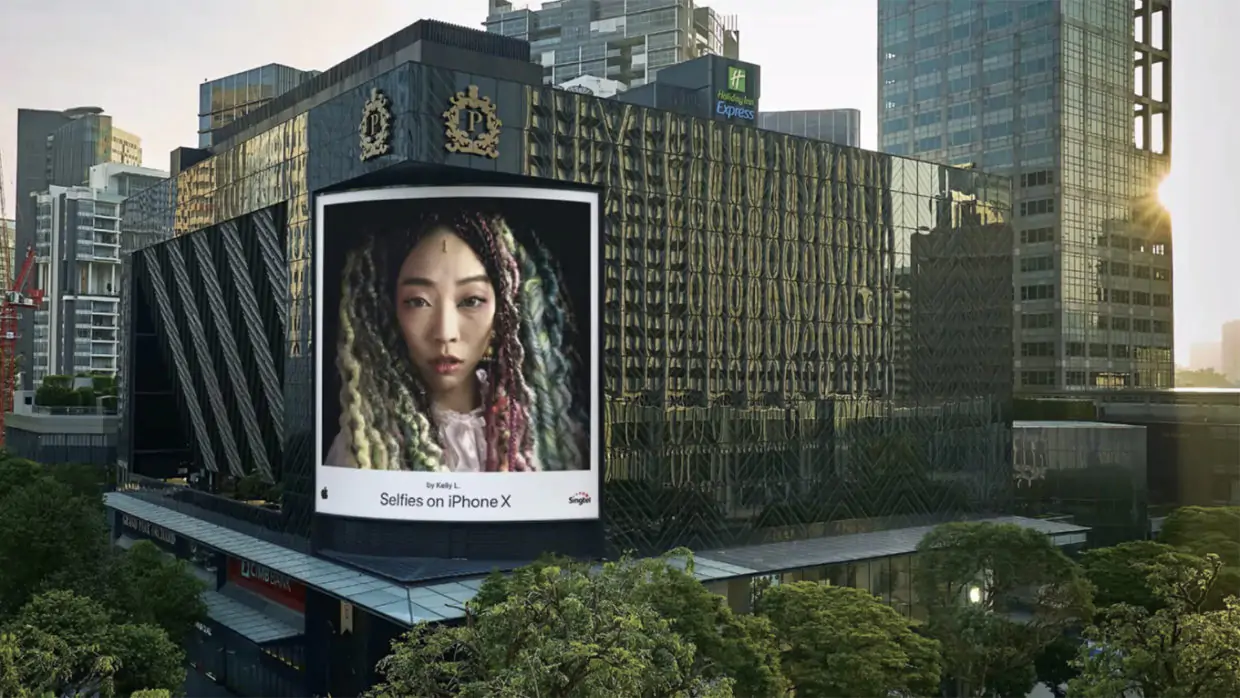
Back in 2015, Apple rolled out one of its most iconic campaigns yet, the “Shot on iPhone” initiative. The idea was simple: to show off the impressive capabilities of the iPhone’s camera. They asked both amateur and professional photographers to submit their best shots, and the results were breathtaking. Apple then took these stunning images and videos and used them across different platforms, from billboards to print ads to social media, making the campaign an enormous success. Today, “Shot on iPhone” is a staple of Apple’s advertising strategy, and it’s easy to see why!
Conclusion
User-generated content is effective. It presents a great way to grow your brand’s awareness and convert more customers because it shows a real picture of your brand. It provides an authentic and unfiltered view of your brand’s values, which can help to increase customer trust. That is why ads based on user-generated content are effective.
However, if you plan to use content created by your followers in your Facebook ads, make sure to have written consent from your followers and always follow Facebook’s guidelines.
